You are correct that you need to specify dodging. However, dodging needs to be set in the underlying geom_point(...) of the plot_richness function itself. Unfortunately, phyloseq offers no such option. This means you'll need to calculate the alpha diversity measures yourself and generate your own plot. Luckily this only requires a few extra lines of code. Here's an example using phyloseq's GlobalPatterns.
require("phyloseq")
require("dplyr")
require("ggplot2")
# Load data
data("GlobalPatterns")
# Calculate alpha indices
a_div <- estimate_richness(GlobalPatterns, measures = "Shannon")
a_div$SampleID <- row.names(a_div)
# Add sample_data from physeq object
a_div <- left_join(a_div,
sample_data(GlobalPatterns),
by = c("SampleID" = "X.SampleID"))
# GlobalPatterns only has grouping by SampleType.
# Generate an extra group by duplicating all rows
a_div <- rbind(a_div, a_div)
a_div$Samples <- rep(x = c("MMV", "VMV"),
each = nrow(a_div)/2)
# Plot
ggplot(a_div,
aes(x = SampleType,
y = Shannon,
colour = Samples)) +
geom_boxplot(position = position_dodge(width = 0.9)) +
geom_point(position = position_dodge(width = 0.9)) +
theme_classic() +
theme(text = element_text(size = 20),
strip.background = element_blank(),
axis.text.x.bottom = element_text(angle = 90,
hjust = 1,
vjust = 0.5),
legend.title = element_blank())

Created on 2022-09-02 by the reprex package (v2.0.1)

